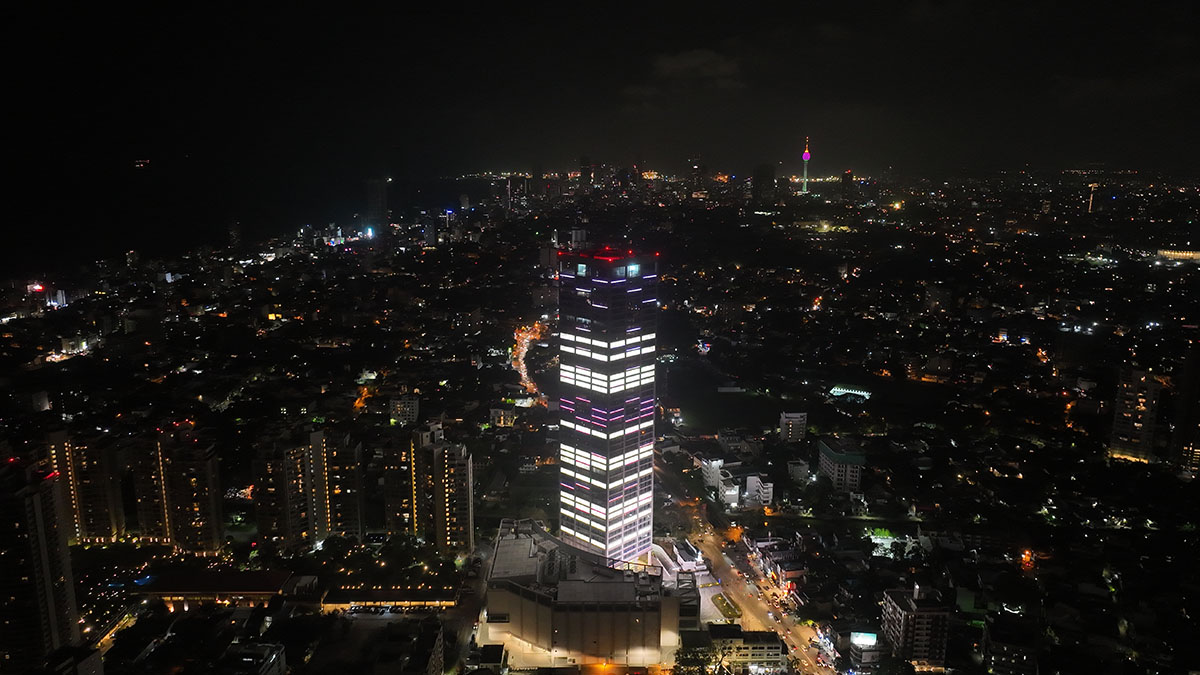In the contemporary workplace, where the lines between personal and professional blur, the design of office spaces plays a pivotal role in not only reflecting a company’s culture but also in shaping how employees experience and perform within their work environments. Whether you’re a seasoned office manager, an HR professional, or a business leader seeking a new workspace, the impact of office design on productivity and well-being should not be underestimated.
Introduction: The Essence of Design in the Modern Office
The common adage ‘form follows function’ is apt in the context of office design, where design choices can significantly impact the functionality of a workspace. In today’s fast-paced, tech-driven work atmosphere, the look and feel of office spaces have transitioned from merely the background setting to a strategic tool for enhancing employee performance and satisfaction. Several studies have shown that office design can significantly influence how employees feel and behave in their work environment. A well-designed office space can foster a positive atmosphere, encourage collaboration and creativity, and ultimately boost productivity. On the other hand, poorly designed or uninspiring spaces can hinder employee engagement and contribute to decreased motivation levels.
Designing for Productivity
Ergonomics and Comfort: Beyond just a comfortable chair, true comfort is the cornerstone of a productive workday. By investing in ergonomic furniture, companies demonstrate their commitment to the long-term health of their employees while reaping the immediate benefits of reduced physical strain. This results in focused and efficient work office space available for rent.
Efficient Layout and Organization: The layout of an office space plays a crucial role in task completion efficiency. When thoughtfully designed with workflow in mind, an office minimizes time spent navigating and maximizes time devoted to actual work. Clear pathways and an organized environment streamline operations and enhance productivity.
Natural Lighting and Ventilation: Numerous studies consistently highlight the profound impact of access to natural light and proper ventilation on employee health and productivity. Office spaces that optimize these features create environments where employees feel alert, less stressed, and better able to concentrate on their work.
Designing for Wellbeing
Biophilic Design Elements: Incorporating biophilic elements, such as interior plants, natural materials, and views of nature, brings the outdoors inside and can improve mental clarity and lower stress levels. Such elements in office design are not just aesthetic; they invigorate, create a sense of connection and foster inspiration within a single office space for rent.
Relaxation Areas: Productivity isn’t a sprint; it’s a marathon. Therefore, providing spaces for employees to take a mental break can be as important as the workstations themselves. Designating an area for relaxation, complete with comfortable furnishings and perhaps even some games or reading materials, can re-energize employees and prevent burnout.
Encouraging Movement and Physical Activity: Inactivity can lead to stagnation, both physically and cognitively. By incorporating standing desks, open spaces for impromptu meetings or breaks, or even a simple gym, companies can encourage their employees to stay active throughout the day, leading to increased alertness and better health.
The Impact on Employee Satisfaction and Engagement
Creating a Positive Work Environment
The office design is a visual representation of what a company values. When spaces are thoughtfully designed, it communicate a message of care and respect for employees, which can enhance the overall work atmosphere and contribute to a more positive and productive company culture.
Fostering Collaboration and Communication
The layout of an office can foster or hinder interaction. An open floor setup, for instance, can encourage spontaneous idea sharing, while dedicated team spaces can facilitate deeper collaboration on projects. These design choices can be instrumental in shaping workplace dynamics and can lead to increased engagement among employees.
Enhancing Employee Well-Being and Morale
A well-designed office space available for rent can contribute to improved morale among employees. When staff feel that their well-being is being considered with features such as comfortable environments and health-conscious design choices, they are likely to feel more positive about their work and their employer.
Conclusion
As we’ve seen, the office space is more than just a location for work; it is an environment that shapes the experience of working. By prioritizing thoughtful design, companies can nurture a culture of productivity, collaboration, and well-being that ultimately supports their bottom line. When every aspect of single office space for rent is created with the intent to make work more efficient and enjoyable, it becomes clear that office design is an investment, not an expense, with a return measured in high-performing, fulfilled employees.
